Dean Karau column: New book shows how Kewanee's varied parks created
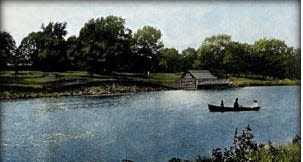
At a Kewanee Chamber of Commerce luncheon on July 2, 1919, Kewanee mogul Emerit E. Baker offered a gift of $50,000 for purchasing and improving parks and playgrounds, the largest gift of its kind in the city’s history.
More: Dean Karau Kewanee history column: The 1935 Boss Manufacturing Company Strike, Part 1

E. E. Baker, president of the Kewanee Boiler Company, conditioned the gift on the organization of a park district, the election of a board of commissioners, raising a like amount by bond issue, and levying a sufficient tax to retire the bonds and maintain the parks.
The conditions were met, and the Kewanee Park District came into being. That fall, the park district began planning its park system. Real estate broker A. J. Anderson purchased property for the Park Board without any compensation whatsoever.

The first park would be aptly called Northeast Park and would have a swimming pool, a wading pool, a playground, a ballfield, tennis courts, and gardens. The second would be Liberty Park, located on a triangular piece of land bordered by the railroad tracks, Rose Street, and Franklin Street. The already-established Chautauqua Park would be purchased from the West End Business Men’s Association and would be improved to become the third park in the system.
More: Dean Karau history column: April 13, 1942: The Great Kewanee Fire
Finally, the fourth park, Valley Park, would be carved out of Coal Valley. Tentative plans included roads, walks, dams, a lake, a golf course, a field house, several shelters, a playground, a large picnic ground, and a possible campground. The park was later renamed Baker Park.
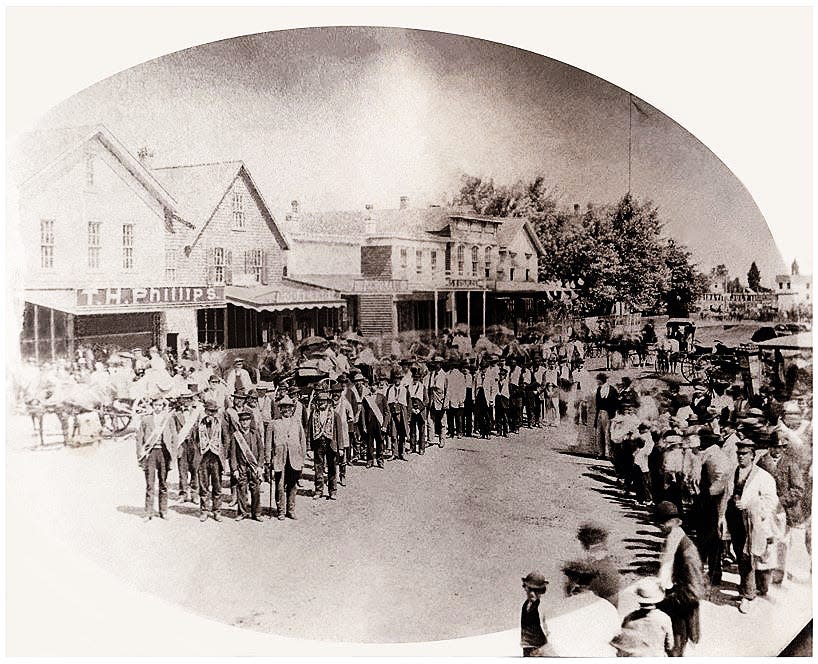
But Kewanee was not without parks before the park district was formed. There were parks with lakes for swimming, boating, and ice skating in winter; parks for walking, picnicking, and enjoying well-tended garden beds; parks with baseball and football fields, tennis courts, and golf courses; parks with campgrounds and playgrounds; there was even a park with concrete wading and swimming pools.
More: Dean Karau column: John H. Howe, Kewanee’s Civil War brigadier general
The first ground used for activities and which could generously be described as “park – like” was laid out in 1837 when the Wethersfield Colony was founded. The first park in Kewanee was conceived almost as soon as the new village was laid out in 1854.
Kewanee’s park system has grown into places of activity and achievement, of beauty and serenity. Kewaneeans (and former Kewaneeans) should be proud of the history of their parks.

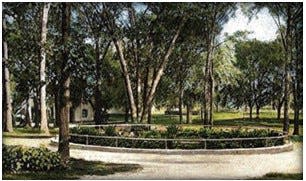

Kewanee park history book
My new book, A BRIEF HISTORY OF THE FIRST YEARS OF KEWANEE PARKS, is available on Amazon.com for $15 and will be available at the Kewanee Historical Society’s Robert and Marcella Richards Museum by the end of May. It will also be available at the Kewanee Public Library.

The goal of my book was not to tell a complete history of all the parks that have graced Kewanee’s landscape over the last 180-some years. Rather, my purpose was only to describe briefly when each of those parks came into being along the arc of Kewanee’s history, and a little background for the reasons why.
Many of the stories originally appeared in my weekly Dusty Roads® history column in the Kewanee Star Courier and on my Dusty Roads® Facebook page. For many of them, I have updated the information and have enhanced the photographs and art, including adding color.
(Larry Lock, former president of the Kewanee Historical Society and co-curator of its museum, kindly reviewed my book for accuracy. My close friend, Dick Nagel, edited it. All errors, of course, are mine.)
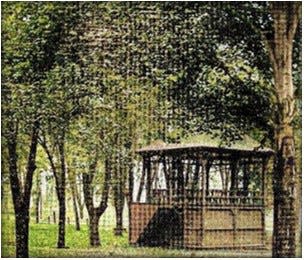
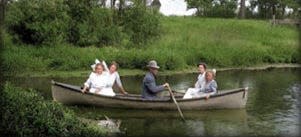
This article originally appeared on Star Courier: Dean Karau column: New book shows how Kewanee's varied parks created

